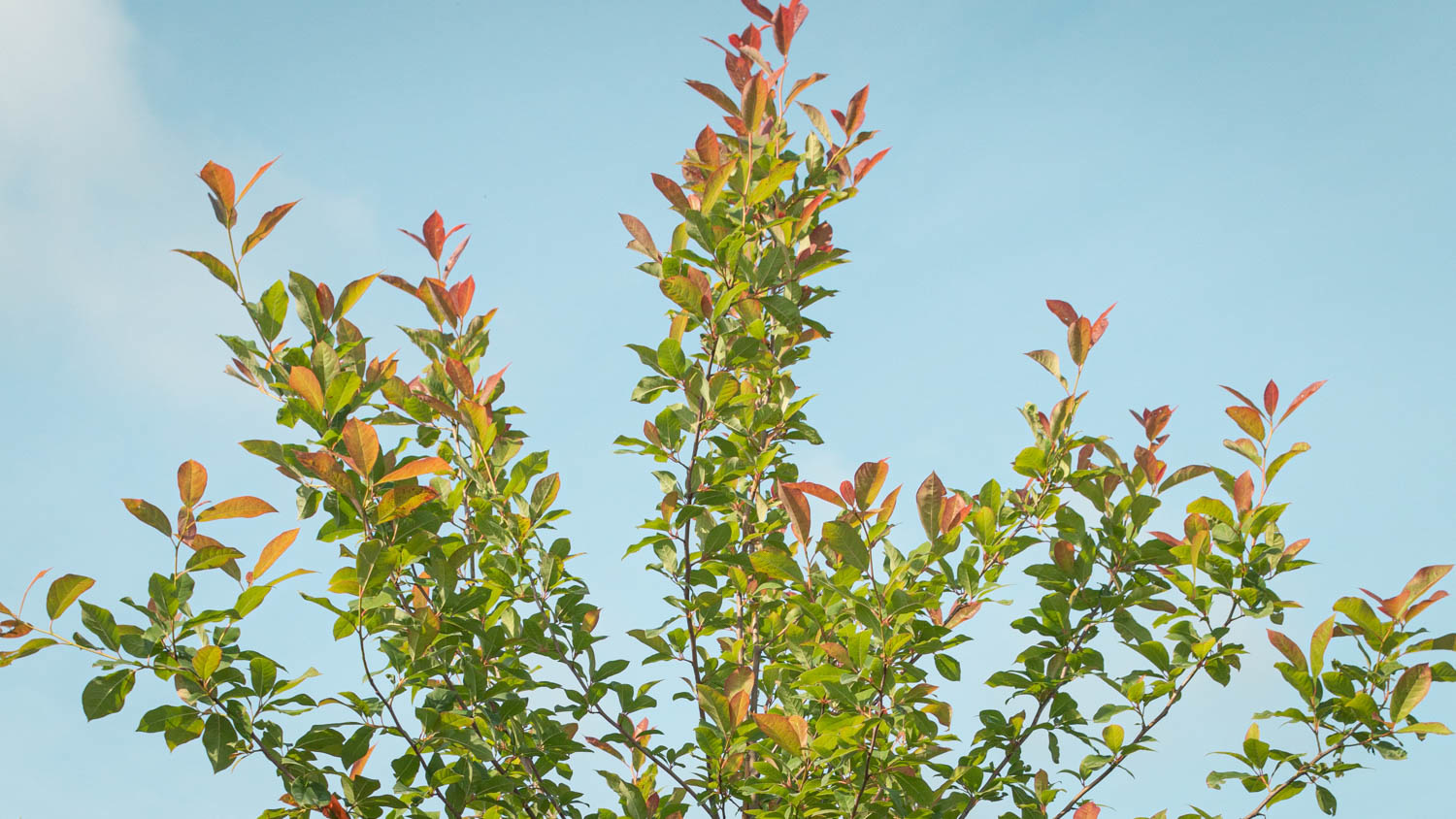How to Plant a Tree in the Summer
- Posted on
- 0

While we typically recommend installing your landscape in the spring and fall months, we understand that sometimes you need to plant things in the heat of summer. Whether you ran behind schedule this spring (we all do sometimes!), or have that nagging hole in your garden that needs to be filled, here are a few tips for planting in the summer months.
Choose what to plant
Some plants, like Japanese maples, are less heat-tolerant and may get stressed if transplanted during the hottest part of the year. Others, like blackgum trees, will do just fine when planted in the heat of summer. There are tons of heat-tolerant perennials like echinacea/coneflower, rudbeckia/black-eyed Susans, and coreopsis/tickseed that can thrive after being planted in the hotter months. Many shrub varieties like vitex/chastetree, hibiscus, and crape myrtle can withstand the heat and sun as well. Do some research and speak to a landscape specialist here at Bates Nursery Nashville to determine what will do best.

Choose where to plant
Even if a tree or shrub is tolerant of full sun, it may need extra TLC for the first couple of weeks when planted in a hot, sunny location. It is best to plant in an area that receives afternoon shade, but if you are unable to do so, consider installing a temporary shade cloth around the plant to keep it cooler in the afternoons. As always with new plantings (and even well-established ones), monitor the plant closely to observe any wilting or sign of stress.

Choose when to plant
Is the forecast calling for a few days of overcast, rainy weather? Get out the shovel, that’s the ideal time to plant. If you see nothing but blue skies in the weather report, plant in the evening, when the temperatures are cooler.
Plant!
1. Dig a hole that is 2-3 times the size of the container or root ball of the plant.
2. Gently remove the plant from its container, massaging the roots outward if they are growing in a circular pattern.
3. Place the plant in the hole—if you are planting a tree, be sure that the root flare just above the root ball is exposed.
4. Backfill with 3 parts native soil mixed with 1-part EarthMix® Landscape™ soil conditioner. Using a soil conditioner will lighten the soil, allowing for optimal root growth, and will also provide the plant with slow-releasing nutrients to keep it healthy in the heat.
5. Tamp down the soil to remove any air pockets and to ensure that there is good soil contact with the roots.
6. Water deeply. Set your hose to a trickle and let it saturate the area around the roots of the plant. A general rule is to match the amount you water to the plant’s container size. For instance, if you plant a tree that came in a 5-gallon container, you’ll water it with 5 gallons of water. This initial watering is crucial, especially in the hot summer months.
7. Mulch—place 2-3” of mulch around the plants, careful not to touch trunks. Mulch piled around a tree trunk can cause trunk rot. Mulch helps to regulate soil temperature, suppress weeds, and retain water, all of which are critical in the summer months.

Water deeply, not necessarily frequently
The most common mistake we see with watering is frequent and shallow watering. Dumping a 1-gallon watering can around a tree’s roots once per day is not going to do the trick. Be sure that you are saturating plant roots. You can do this by putting a regular hose at a trickle or by using a soaker hose. It can take up to 1-2 hours of watering to fully saturate the area around a larger tree or shrub, so be patient. Trees and shrubs may need supplemental water every other day in the hot summer months. It is helpful to install a rain gauge so that you can observe how much precipitation your area receives during a storm, which will allow you to adjust your watering schedule as needed. Learn more about proper watering techniques here.
Observe
Take a few moments each day to observe your plants. Not only is it an enjoyable way to stay connected with your garden and the space that you created, it gives you an opportunity to check over your plants and to see if they are showing any signs of stress. Large, leafy plants like hydrangeas will often wilt when they need water. Check for yellowing growth or brown patches in the foliage. Catching issues early on will allow you to avoid larger issues in the future.

As always, if you have any questions or concerns, you can always speak with one of our landscape specialists. Stop by, we are open through the summer to help out with all of your gardening needs.
Find the perfect tree to beautify your space>>
Discover more tips and tricks from our landscape specialists>>

It was interesting to me when you explained that it is best to plant a tree in an area that gets afternoon shade. If you have trees that you want to plant, it would probably be a good idea to let an experienced professional do it for you. An experienced professional will know where the best places in your yard are for trees. (link removed)